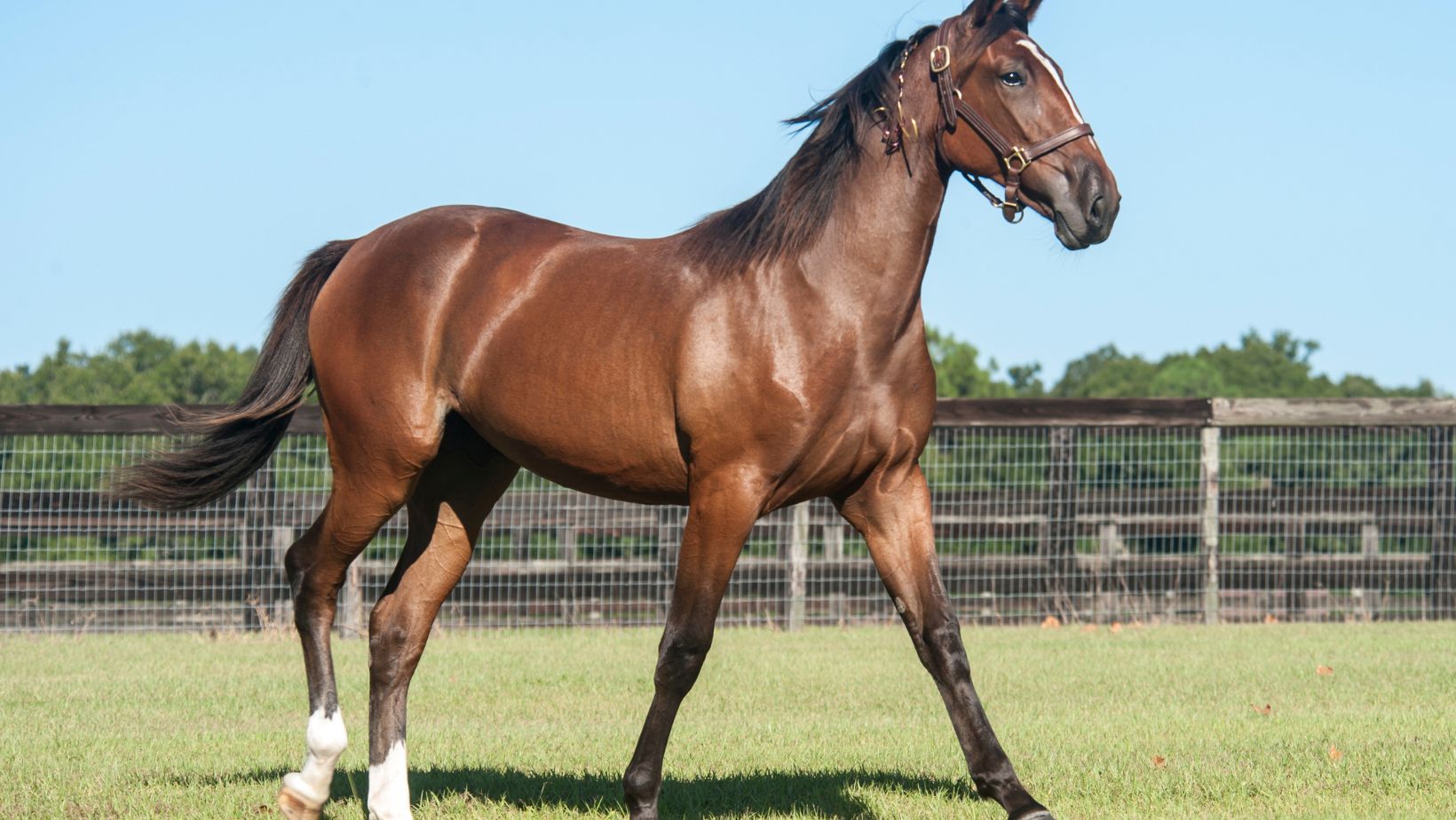Standardbred horses are iconic in the world of harness racing and are celebrated for their power, agility, and exceptional ability to perform under pressure. With their unique gaits—trotting and pacing—they bring a level of precision and elegance to the sport that sets them apart from other breeds. From the thunderous sound of hooves on the track to the synchronized movement of horse and sulky, harness racing is a captivating blend of athleticism and strategy.
Achieving peak performance in harness racing requires more than natural talent; it’s the result of meticulous training, proper conditioning, and thoughtful breeding. The journey to the winner’s circle is built on a foundation of dedication and expertise. Keep reading this blog to learn more about how Standardbred horses achieve peak performance in harness racing through practical training.
Understanding the Traits of Standardbred Racehorses
Standardbred racehorses are uniquely bred for harness racing, with bloodlines that trace back to foundation sires like Messenger, a key figure in the breed’s history. This selective breeding has created a horse with the strength and agility to excel in trotting and pacing races. Their conformation—solid bodies with muscular builds—makes them well-suited for pulling a sulky while maintaining exceptional balance and speed.
When working with trotting horse breeders, it’s clear that the right bloodlines are critical to success. Breeding programs focus on selecting mares and stallions with proven track records in harness racing, emphasizing traits such as speed, endurance, and a calm temperament. These qualities ensure the next generation of racehorses possesses the physical and mental attributes needed to compete at the highest level.
In regions where harness racing thrives, such as in New York and other locations across the United States, Standardbred breeding programs have grown in prominence. The sport’s rich history in these areas drives innovation and excellence in training methods, helping to uphold the Standardbred’s reputation as a premier racing horse.
The Importance of Proper Gait and Conditioning
One of the most defining traits of Standardbreds is their ability to trot or pace at high speeds. These distinct gaits set these horses apart from other breeds. Trotting involves a diagonal gait where opposite legs move together, while pacing is a lateral gait where legs on the same side move simultaneously. Both require precise coordination and strength to maintain during the rigors of a race.
Training a Standardbred to maintain its gait while pulling a sulky is a skill-intensive process. Horses must develop rhythm, balance, and muscle memory to avoid breaking stride during a race, which can result in disqualification. Trainers often begin by working the horse on a lunge line to establish gait consistency and build strength. Over time, introducing the sulky helps the horse adapt to the added weight and demands of racing.
Meanwhile, conditioning programs are equally important. Endurance training is a cornerstone of harness racing preparation, as it builds the stamina needed for long races. This involves a mix of slow, steady work and faster intervals to improve cardiovascular fitness and muscle development.
Furthermore, regular evaluations of a horse’s gait and fitness levels ensure the training program is tailored to its needs and maximizes its performance potential.
Building Speed and Mental Toughness
Speed is a crucial component of harness racing, but achieving it without sacrificing gait stability requires a thoughtful approach. Interval training is a popular method, combining short bursts of high-speed trotting or pacing with periods of rest to enhance the horse’s ability to recover quickly. This method not only builds speed but also improves overall endurance.

Mental toughness is another critical factor for success. Harness-racing environments are noisy, fast-paced, and filled with distractions. Training should simulate race conditions to help horses become accustomed to the sights and sounds of the track. This includes working with the sulky in groups to replicate the crowded conditions of a race and exposing the horse to various stimuli to build confidence.
Nutrition and Healthcare for Peak Performance
Proper nutrition is essential for any racehorse, and Standardbreds are no exception. Their diets should be carefully managed to provide the energy and nutrients needed for training and racing. A healthy diet of high-quality hay, grains, and supplements tailored to the horse’s workload supports muscle development, endurance, and recovery.
Healthcare is equally essential. Regular veterinary checkups, vaccinations, and dental care are crucial for maintaining a horse’s overall health. Similarly vital is the care of their legs and hooves, which endure significant stress during training and racing. Working closely with a skilled farrier ensures hooves are in optimal condition, preventing injuries that could sideline a horse.
Conclusion
Training Standardbred horses for peak performance in harness racing is both an art and a science. It requires a deep understanding of the breed’s unique traits combined with careful conditioning and breeding strategies. Every step plays a role in shaping a champion.

Harness racing is a dynamic and rewarding sport, and by investing time, effort, and expertise into your horse’s development, you’re not just preparing for races—you’re fostering a legacy of excellence. The journey from training to triumph may be demanding, but with dedication and collaboration, your Standardbred can rise to the pinnacle of harness racing greatness.

